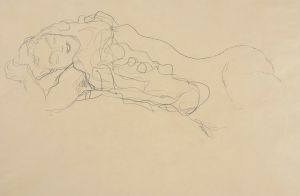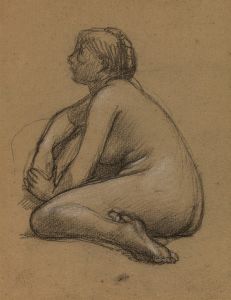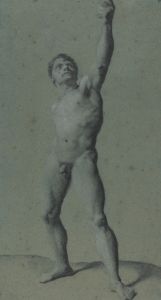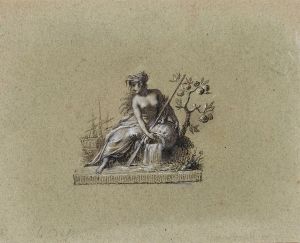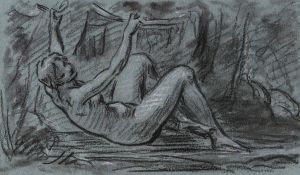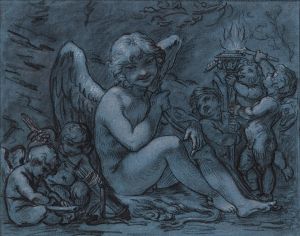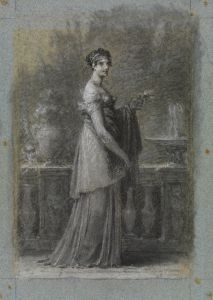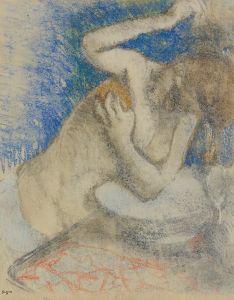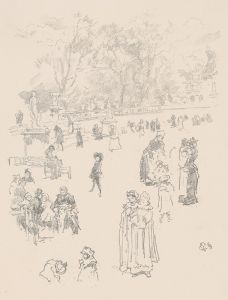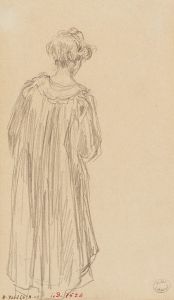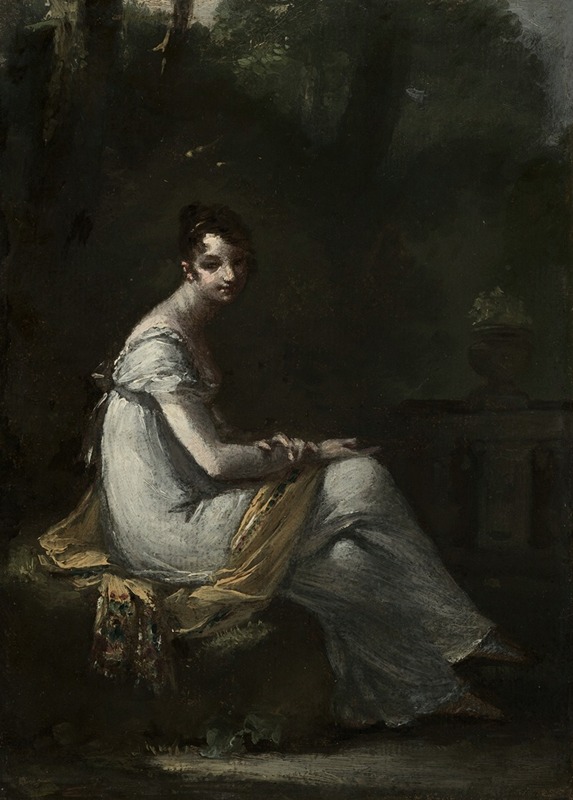
Mme. Dufresne
A hand-painted replica of Pierre-Paul Prud'hon’s masterpiece Mme. Dufresne, meticulously crafted by professional artists to capture the true essence of the original. Each piece is created with museum-quality canvas and rare mineral pigments, carefully painted by experienced artists with delicate brushstrokes and rich, layered colors to perfectly recreate the texture of the original artwork. Unlike machine-printed reproductions, this hand-painted version brings the painting to life, infused with the artist’s emotions and skill in every stroke. Whether for personal collection or home decoration, it instantly elevates the artistic atmosphere of any space.
Pierre-Paul Prud'hon was a renowned French painter, celebrated for his unique style that blended elements of Neoclassicism and Romanticism. One of his notable works is the portrait titled "Mme. Dufresne." This painting exemplifies Prud'hon's skill in capturing the delicate nuances of his subjects, showcasing his ability to convey both physical likeness and emotional depth.
Prud'hon was born on April 4, 1758, in Cluny, France. He studied in Dijon and later in Paris, where he developed his distinctive style. Unlike many of his contemporaries who were heavily influenced by the strict lines and historical themes of Neoclassicism, Prud'hon was more drawn to softer, more sensual representations, often incorporating elements of Romanticism. His work is characterized by its graceful figures, gentle use of light and shadow, and a certain dreamlike quality.
"Mme. Dufresne" is a testament to Prud'hon's mastery of portraiture. The painting is believed to have been created during the early 19th century, a period when Prud'hon was at the height of his artistic career. Although specific details about the identity of Mme. Dufresne are scarce, the portrait itself speaks volumes about the subject's elegance and poise. Prud'hon's use of soft, diffused lighting and his attention to detail in the rendering of textures, such as the fabric of Mme. Dufresne's clothing, highlight his technical proficiency.
The composition of "Mme. Dufresne" is both balanced and harmonious, with the subject positioned slightly off-center, drawing the viewer's attention to her serene expression. Prud'hon's subtle use of color adds to the overall effect, with muted tones that enhance the painting's ethereal quality. This approach is consistent with Prud'hon's broader body of work, which often eschews the bold colors and dramatic contrasts favored by some of his peers.
Prud'hon's portraits are renowned for their psychological depth, and "Mme. Dufresne" is no exception. The painting captures not just the physical appearance of the subject but also suggests an inner world, inviting viewers to ponder the thoughts and emotions of Mme. Dufresne. This ability to convey the intangible aspects of his subjects is one of the reasons Prud'hon's work continues to be celebrated.
Throughout his career, Prud'hon received numerous accolades and held prestigious positions, including being appointed as a court painter to Napoleon Bonaparte. Despite his success, Prud'hon's life was marked by personal struggles, including a tumultuous marriage and periods of financial difficulty. Nevertheless, his artistic legacy endures, with works like "Mme. Dufresne" continuing to captivate audiences with their beauty and sensitivity.
In summary, "Mme. Dufresne" by Pierre-Paul Prud'hon is a remarkable example of early 19th-century portraiture. It reflects the artist's unique style, characterized by a blend of Neoclassical formality and Romantic expressiveness. The painting remains an important part of Prud'hon's oeuvre, illustrating his exceptional ability to capture the essence of his subjects with grace and subtlety.





